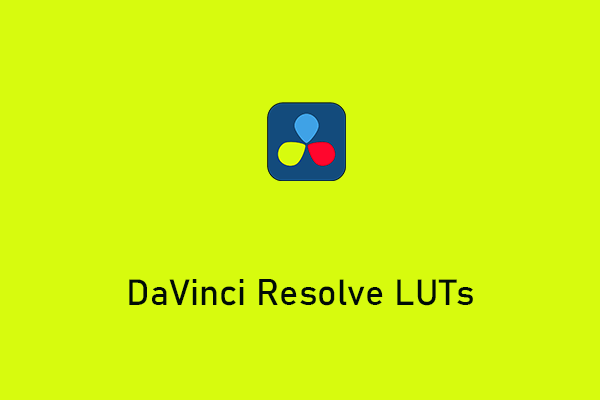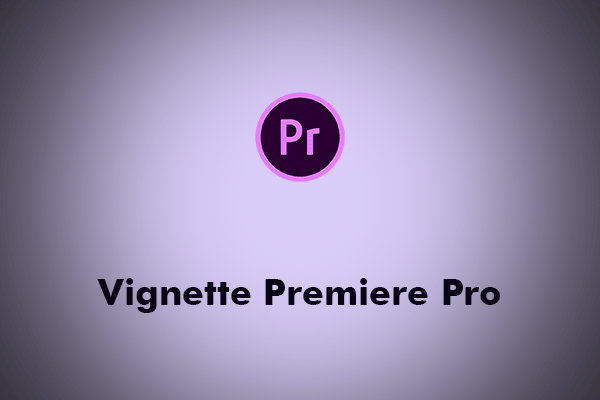The filmic excellence of cinematography and digital photography has grown to astonishing proportions, which exudes a compelling allure. The focus on color science has shifted drastically due to the new technological wave.
The rule of thirds and composition are just getting started, yet one of the most sought-after skills in the contemporary creative world is color grading. Your scenarios will come to life as a result of superb color use, also giving them a unique feel that is hard to duplicate.
“LUTs” and “Presets” are the tools for getting there. Although they’re trivial keywords, they have much depth. Want to know more about LUTs vs presets? Let’s explore together!
Get to Know LUTs
Technically, a LUT is nothing but a huge set of numbers that remap the values of a photo to change its appearance. LUTs act as filters that may be applied to photos to achieve a particular result. There are a ton of LUTs, each of which accomplishes a specific goal.
LUT Benefits
- LUTs can assist you in saving time and effort when you color grade your video, which is one of their main benefits.
- You can use a LUT that fits your desired appearance and feel to replace manually altering the color settings of each clip.
- Also, LUTs can help you achieve continuity and consistency throughout your video segments, in particular, if you’re working with footage shot using several sources, cameras, or lighting setups.
- By developing a particular visual style that matches your topic or genre, LUTs can assist you in improving the emotion, atmosphere, and narrative of the video as well.
Limitations of the Use of LUTs
- LUTs are not a be-all and end-all solution, and not every scene, project, or clip will work effectively with them.
- Also, LUTs may cause the video to have undesirable artifacts, clipping, or noise, particularly if you apply them too harshly or without making the required changes.
- If you apply LUTs without considering the goal, context, or target audience, they can potentially ruin the aesthetic of the video.
When to Use a LUT
LUTs are extremely useful when you need to achieve precise color grading effects or match the visual style of a specific reference video or image.
They are typically used in post-production for creating cinematic looks, enhancing atmosphere and mood, or achieving a consistent color scheme across more than one shot. LUTs can be a powerful tool for both enthusiasts and professionals who wish to easily and accurately add a touch of creativity and visual appeal to their videos or images.
Get to Know Presets
Essentially, presets are a collection of parameters that can be altered globally with one click to swiftly create the look of hours of editing.
Preset Benefits
- Presets greatly speed up photo editing. They have the capacity to use many of the common procedures at the same time. All you have to do is click once rather than repeatedly adjusting the same sliders to the same values using presets.
- To develop a distinctive sense of voice and style, every photographer has to embark on a journey. Others will be capable of recognizing the work simply by looking at it if you find the presets that speak to you and add your own unique touch.
- Finding the appropriate preset could also assist in building brand recognition. Based on your field of expertise, you might wish to trademark your look by utilizing certain effects repeatedly.
- Presets give you access to a range of styles, which makes it simpler for you to pick the one that matches your branding and personality. The preset is consequently straightforward to use throughout your job, and you can still make customized changes if needed.
Preset Limitations
- It is quite difficult to apply a preset to a photo and have it turn out exactly how you wish it to since every photo will be captured with a unique exposure level, highlights, white balance, and so on.
- After applying a preset, you need to still spend time adjusting the white balance, grain, exposure, and other settings according to the final appearance you would like to achieve.
When to Use a Preset
Presets are useful when you wish to streamline your editing workflow and achieve consistent results across multiple videos or images. They are typically used by video and photo editors to apply predefined modifications to achieve a specific appearance or style.
Presets save time and effort, especially if you have a series of videos or images that require similar adjustments. Whether you would like to improve colors, change exposure, or apply artistic effects, presets offer a convenient, efficient way to achieve a consistent visual aesthetic.
Difference Between LUTs and Presets
A LUT essentially modifies just two particular aspects of an image: tone and color. On the contrary, a preset enables you to change a much broader range of image characteristics, including sharpness, exposure, and vignetting. LUTs can be found in presets. However, presets are not a common term for LUTs.
LUTs vs Presets
LUTs are, in essence, mathematical algorithms that map the tones and colors of an input video or image to a desired output appearance. They are commonly used for color correction and color grading purposes and are largely compatible with a wide range of editing software.
LUTs give precise control over color modifications and enable uniform application across multiple projects. They can significantly alter the atmosphere and mood of a video or image with only one click.
Presets, on the other hand, are predefined collections of adjustments encompassing multiple editing parameters, like saturation, contrast, exposure, etc. Presets offer a quick, convenient way to apply a cohesive appearance or style to your videos or images.
They’re commonly utilized in video editors like Premiere Pro or photo editors like Lightroom. Presets provide a more comprehensive way to edit, enabling a more holistic modification of diverse parameters.
MiniTool MovieMakerClick to Download100%Clean & Safe
Conclusion
While LUTs and presets can improve your editing process and yield amazing results, it is crucial to recognize their differences.
LUTs mostly focus on color changes and are appropriate for certain color grading requirements, whereas presets encompass a broader range of modifications and are perfect for achieving a consistent overall appearance and style.
Eventually, the choice of LUTs vs presets relies on your editing needs, the app you’re using, and the precise visual outcome you want to accomplish.





User Comments :